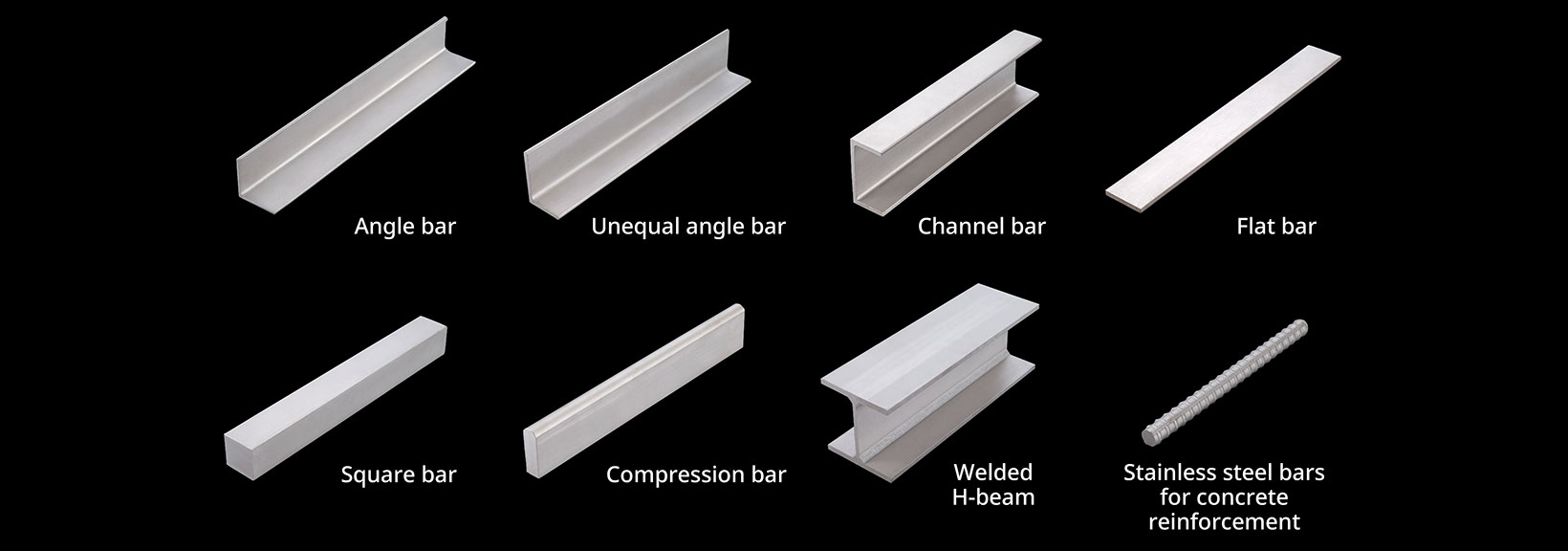Product
Kariya Plant Products
Stainless steel is a type of steel made from iron that contains at least 11% chromium.
It has excellent corrosion resistance, design characteristics, high-temperature strength, low-temperature toughness,
non-magnetism, resistance to hydrogen gas embrittlement, and other properties,
and is used in a wide range of fields including construction, civil engineering, water treatment, and energy.
In addition, stainless steel is easily recycled, making it an environmentally friendly recyclable resource.
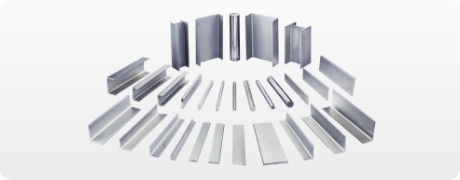 Stainless Steel
Stainless Steel
Where can you find stainless steel ?
-
Corrosion resistance
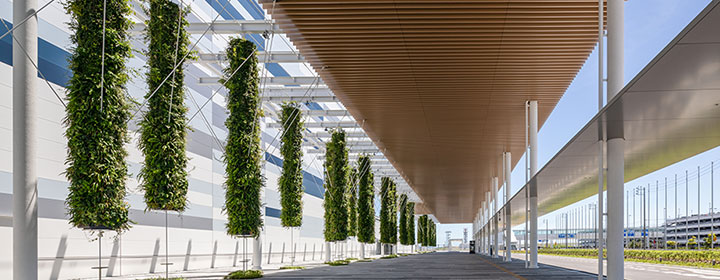 Photo courtesy of SS. Inc.
Vertical greening cylinders
Photo courtesy of SS. Inc.
Vertical greening cylinders
at Aichi International Convention & Exhibition Center - Design characteristics
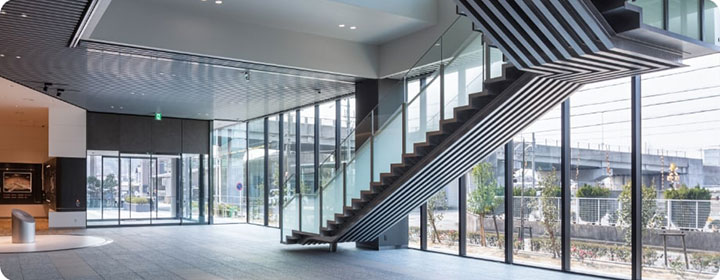 Interior stairs in Aichi Steel Administration Building
Interior stairs in Aichi Steel Administration Building - High-temperature strength
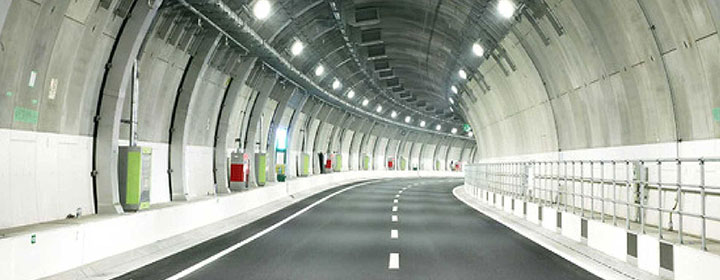 Tunnel fire extinguisher mounting fittings
Tunnel fire extinguisher mounting fittings
on the Shuto Expressway Shinjuku Route -
Low ductility in low temperatures
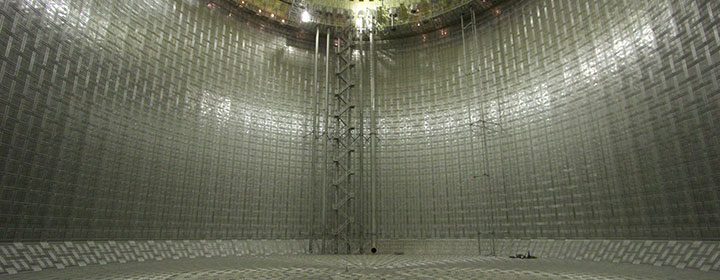 Photo courtesy of Toho Gas Co., Ltd.
Internal deck and stairs inside LNG tank
Photo courtesy of Toho Gas Co., Ltd.
Internal deck and stairs inside LNG tank
- Non-magnetic
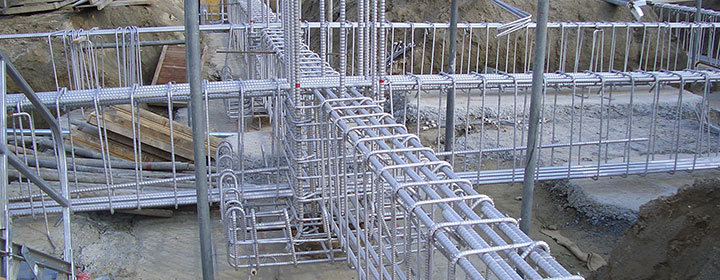 Overall frame
Overall frame
of the Kyushu University Research Institute
of Superconductor Science and Systems - Resistance to hydrogen embrittlement
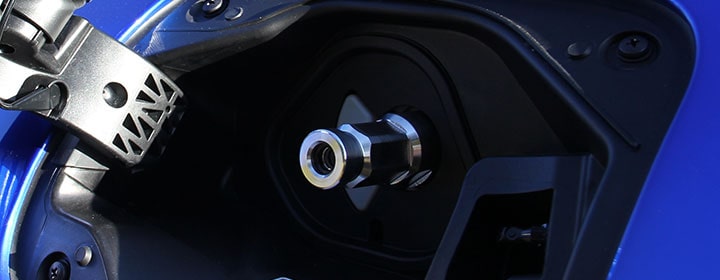 Receptacle on the MIRAI fuel cell vehicle
Receptacle on the MIRAI fuel cell vehicle
Main Points of the Stainless Steel Business
- Aichi Steel Holds Top Share in Japanese Production of
Stainless Steel Shapes and Flat Steel - Since 1958, when we started producing Japan’s first hot-rolled stainless angle bar at the Kariya Plant, where we were founded, we have provided the market with over 4,000 products of different shapes, dimensions, and steel types.
Aichi Steel’s share of domestic production of flat and shaped stainless steel products exceeds 70%. -
- Enhanced Stainless Steel
Building Structure Engineering Functions - Aichi Steel established stainless steel structural engineering functions in 1996 and is involved in all process from design cooperation with general contractors and others to plant production of materials and components and onsite installation and civil engineering work.
In 2019, Aiko Corporation, a subsidiary, constructed the Kinuura No. 2 Plant, expanding plant manufacturing capabilities. -
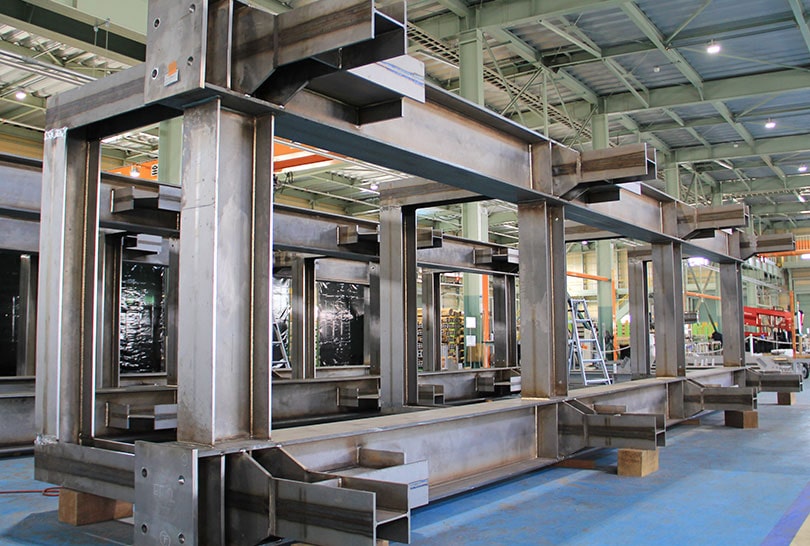 Examples of production
Examples of production Examples of production
Examples of production
- Diverse Technical Capabilities Support the
Stainless Steel Product Portfolio - We use simulation technologies that employ rolling FEM analysis to develop practical machines for an extensive range of steel shapes based on high-precision and optimized investigations of designs.
In conjunction with the spread of hydrogen energy, we are developing material evaluation and testing equipment that can operate under high-pressure hydrogen environments, accelerating the development of stainless steels for high-pressure hydrogen, and we are working to enhance their reliability. -
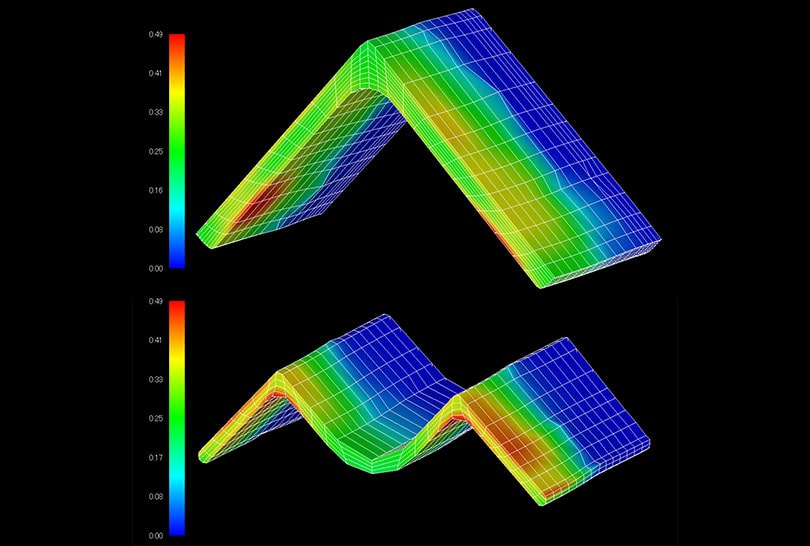 Results of a rolling FEM analytics simulation
Results of a rolling FEM analytics simulation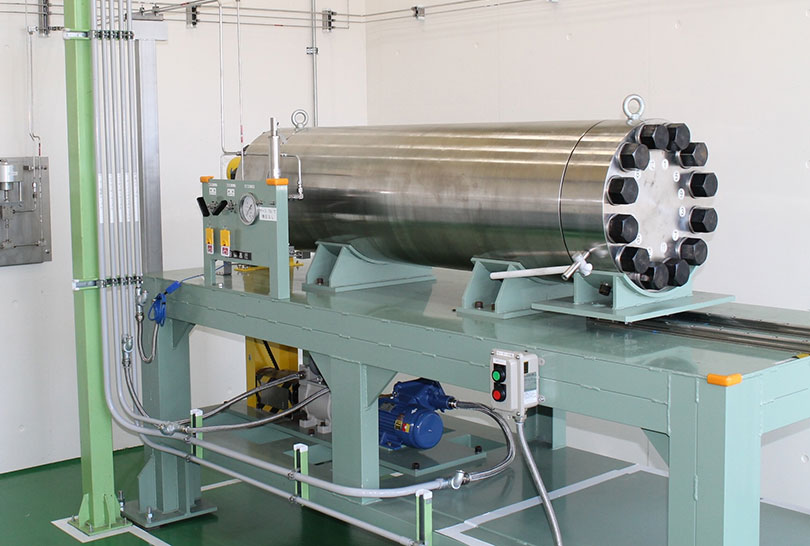 Rotating bending fatigue test apparatus
Rotating bending fatigue test apparatus
corresponding to high-pressure
hydrogen environment (World’s First)

